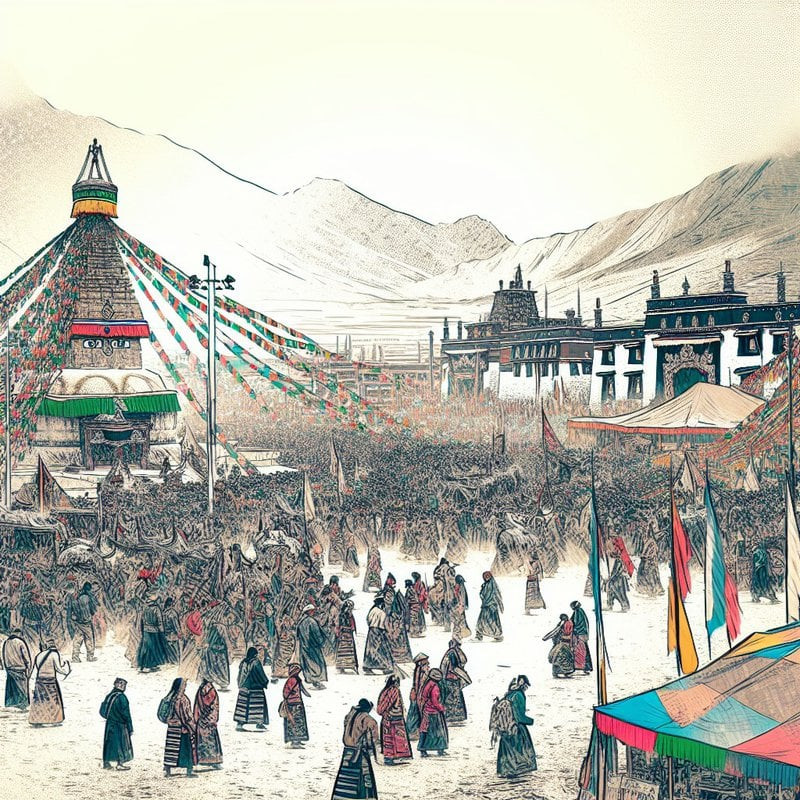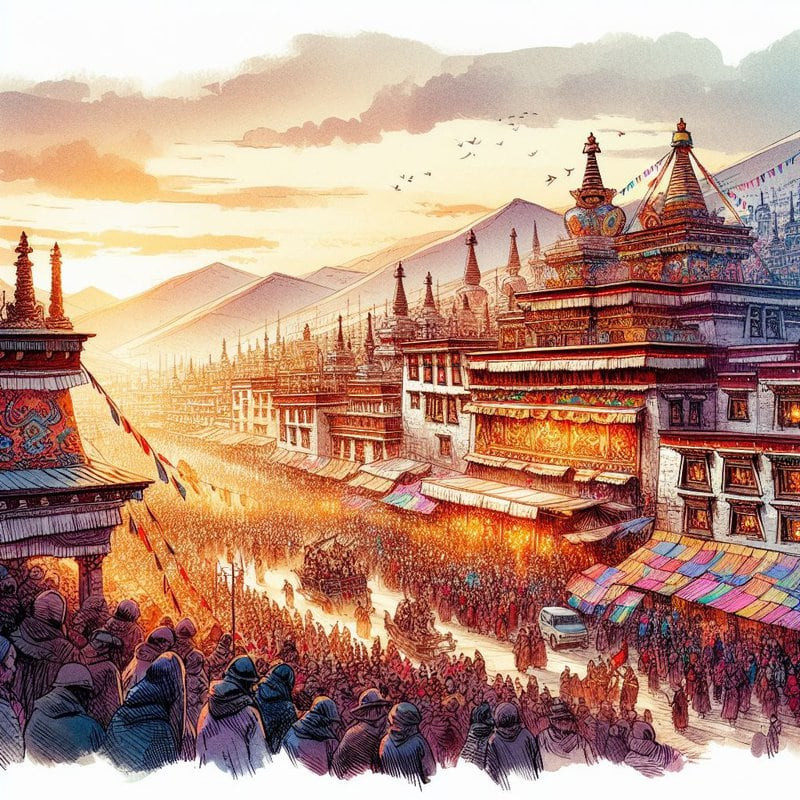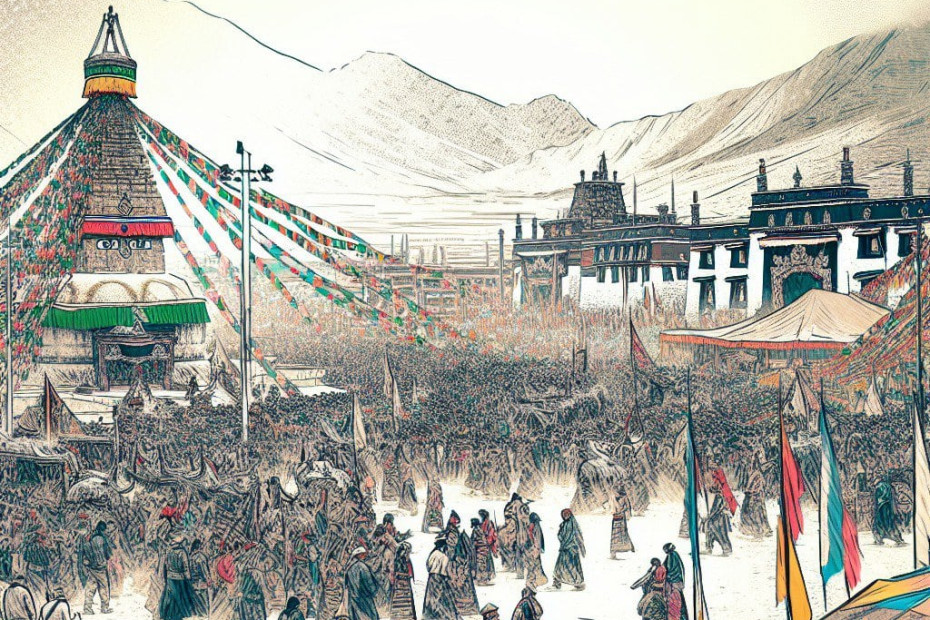The festival of Losar holds great cultural and historical significance in the Himalayan region, particularly among the Tibetan and Buddhist communities. Derived from the Tibetan words "Lo" meaning year and "Sar" meaning new, Losar marks the beginning of a new year according to the lunar calendar. This vibrant and joyous festival is celebrated with enthusiasm, bringing together families, friends, and communities to rejoice in new beginnings.

In 2024, Losar will be celebrated on February 10th
Origins and Significance
Losar has its roots in ancient Bon traditions, which predate Buddhism in Tibet. With the advent of Buddhism in the region, Losar became closely associated with Buddhist rituals and practices. It symbolizes bidding farewell to the old year's negativities and welcoming fresh opportunities, prosperity, and happiness.
The festival typically falls between late January and early March depending on the lunar calendar. It spans over several days with each day holding its unique significance.
Rituals and Celebrations
- Preparations: Prior to Losar, thorough cleaning is done to cleanse homes and monasteries from any negative energies or impurities accumulated during the past year. Families also prepare special dishes such as "kapse" (deep-fried cookies) and "khapse" (butter cookies) for festive feasting.
- Offerings at Monasteries: On the eve of Losar, people gather at monasteries to make offerings to deities seeking blessings for a prosperous year ahead. These offerings include food items, flowers, incense sticks, and traditional Tibetan butter lamps.
- Cham Dance Performances: One of the most captivating aspects of Losar celebrations is the Cham dance performances held at monasteries. Dancers adorned in vibrant costumes depict various characters from Buddhist mythology through intricate dance movements accompanied by traditional music.
- Butter Sculptures: Another unique feature of Losar is the creation of intricate butter sculptures known as "tormas." Skilled artisans meticulously craft these sculptures, often representing deities or auspicious symbols. The tormas are displayed at monasteries and homes during Losar.
- Family Gatherings and Feasting: Losar brings families together, with loved ones gathering to celebrate and share meals. Traditional dishes like "guthuk" (a hearty soup with dumplings) are prepared and enjoyed, symbolizing the casting away of negative energies.
- Fireworks and Bonfires: Fireworks illuminate the night sky during Losar, adding a touch of grandeur to the festivities. Bonfires are also lit to ward off evil spirits and bring good luck for the coming year.

Cultural Preservation and Unity
Losar serves as a valuable platform for preserving Tibetan culture, traditions, and values. It reinforces a sense of unity among communities by fostering social harmony and strengthening familial bonds. Through storytelling, music, dance, and art forms associated with Losar celebrations, generations pass down their rich heritage to younger members.
Furthermore, Losar acts as an opportunity for people from diverse backgrounds to come together and appreciate the vibrant tapestry of Himalayan culture. It provides a window into the unique customs, rituals, and beliefs that have shaped the lives of those who celebrate this joyous festival.
Conclusion
The festival of Losar is not merely a celebration but a profound expression of hope, renewal, and cultural identity. It encapsulates the essence of new beginnings while honoring ancient traditions that have stood the test of time. As communities gather to welcome the new year with open arms, they reaffirm their commitment to preserving their cultural heritage while embracing change in an ever-evolving world.
